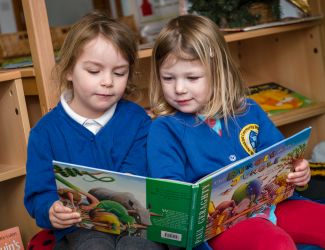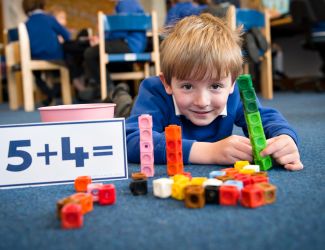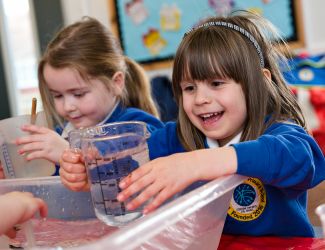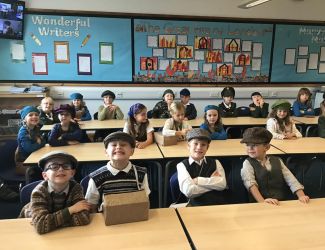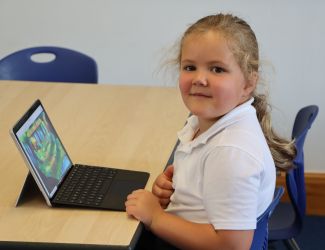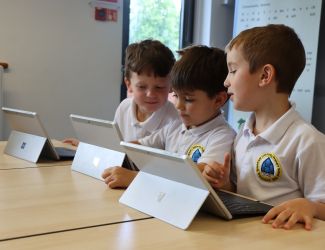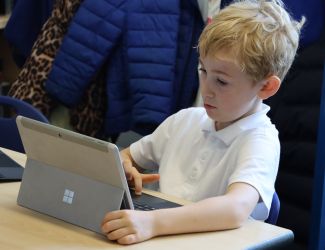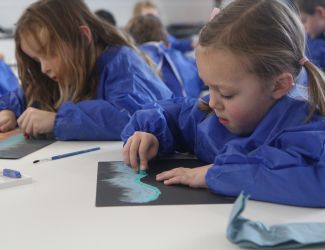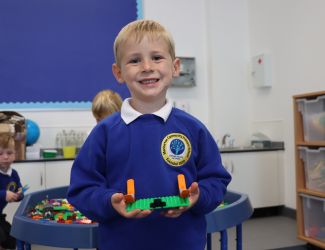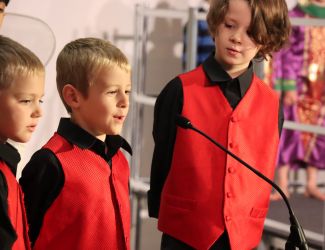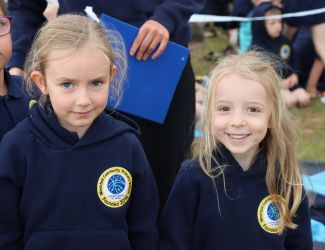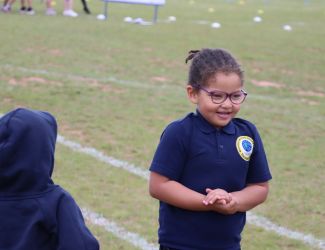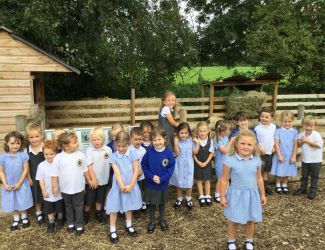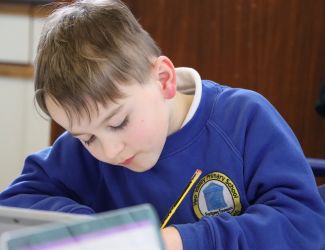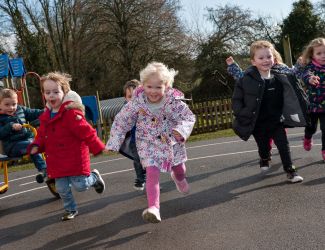Year 2 English Curriculum
Children will be taught the fundamental skills of reading, spoken language and writing in order to become confident communicators. As they further embed their phonics from previous years, they will begin to gain more independence in a range of activities, such as reading books from the school libraries. Throughout the year, children will be taught to...
Spoken Language
- Listen to statements made by adults and classmates and respond appropriately
- Ask relevant questions to clarify and expand their knowledge; take opportunities to learn new vocabulary across all subjects; explain what their opinions are and why they hold them, giving some evidence in an increasingly articulate manner
- Give well-structured descriptions, explanations and narratives for different purposes, including for expressing feelings (to a level appropriate to age)
- Maintain attention and participate actively in short collaborative conversations, staying on topic and responding to comments; use spoken language to develop understanding through speculating, hypothesising, imagining and exploring ideas (to a level appropriate to age)
- Speak clearly and audibly, with developing fluency and an increasing command of Standard English; participate in class discussions, presentations such as student voice, performances in the studio and to a live audience, role play, improvisations
- Attempt to gain the interest of the listener(s) and begin to think about the opinions and views of others; become aware of formal & informal manners of speaking to an age appropriate level.
Word Reading
- Apply phonic knowledge and skills as the route to decode words and is automatically decoding a range of words
- Read accurately by blending the sounds in words that contain the graphemes taught so far, especially recognising alternative sounds for graphemes
- Read accurately words of two or more syllables that contain the same graphemes as above; read words containing common suffixes
- Read red words (sight vocabulary), noting unusual correspondences between spelling and sound and where these occur in the word
- Read aloud books closely matched to their improving phonic knowledge, sounding out unfamiliar words accurately, automatically and without undue hesitation as well as to re-read these books to build up their fluency and confidence in word reading
Reading - Comprehension
Engagement in Group and Class Reading
- Listen to, discuss and expresses views about a wide range of contemporary and classic poetry, stories and non-fiction at a level beyond that at which they can read independently discussing the sequence of events in books and how items of information are related
- Become increasingly familiar with and retelling a wider range of stories, fairy stories and traditional tales. To show an understanding that non-fiction books are structured in different ways
- Recognise simple recurring literary language in stories and poetry
- Discuss and clarify the meanings of words, link new meanings to known vocabulary and discuss their favourite words and phrases
- Build up a repertoire of poems learnt by heart, reciting some, with appropriate intonation to make the meaning clear
Independent Reading
- Draw on what they already know or on background information and vocabulary provided by the teacher, checking that the text makes sense to them as they read and correct inaccurate reading
- Explain and discuss their understanding of books, poems and other material, both those that they listen to and those that they read for themselves; make inferences on the basis of what is being said and done
- Answer and ask questions; predict what might happen on the basis of what has been read so far
Writing
Spelling
- Spell words containing each of the 40+ phonemes already taught and common exception words, such as the days of the week
- Name the letters of the alphabet in order and use letter names to distinguish between alternative spellings of the same sound
- Add prefixes and suffixes using the spelling rule for adding –s or –es as the plural marker for nouns and the third person singular marker for verbs; use the prefix un– and use –ing, –ed, –er and –est where no change is needed in the spelling of root words [for example, helping, helped, helper, eating, quicker, quickest]
- Apply simple spelling rules and guidance, as suggested by ReadWrite Inc.
- Write from memory simple sentences dictated by the teacher that include words using the GPCs and com-mon exception words taught so far
Handwriting
- Sit correctly at a table, holding a pencil comfortably and correctly; begin to form lower-case letters in the correct direction, starting and finishing in the right place; form capital letters and form digits 0-9
- Understand which letters belong to which handwriting ‘families’ (i.e. letters that are formed in similar ways) and to practise these
Grammar
- Leave spaces between words; joins words and joins clauses using, and beginning to punctuate sentences us-ing, a capital letter and a full stop, question mark or exclamation mark; use a capital letter for names of peo-ple, places, the days of the week, and the personal pronoun ‘I’
- Learn the grammar appropriate to year 1 (as stated by the NC) and use the grammatical terminology in Eng-lish Appendix 2 in discussing their writing
Composition
- Write sentences by saying out loud what they are going to write about; compose a sentence orally before writing it; sequence sentences to form short narratives and re-read what they have written to check that it makes sense

